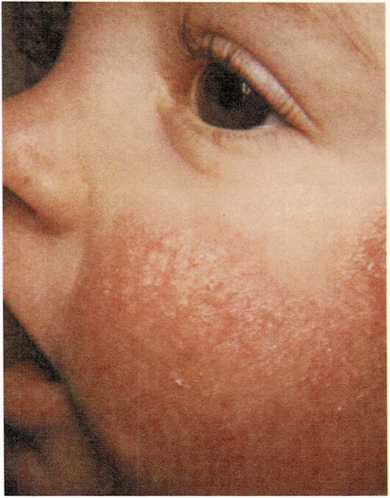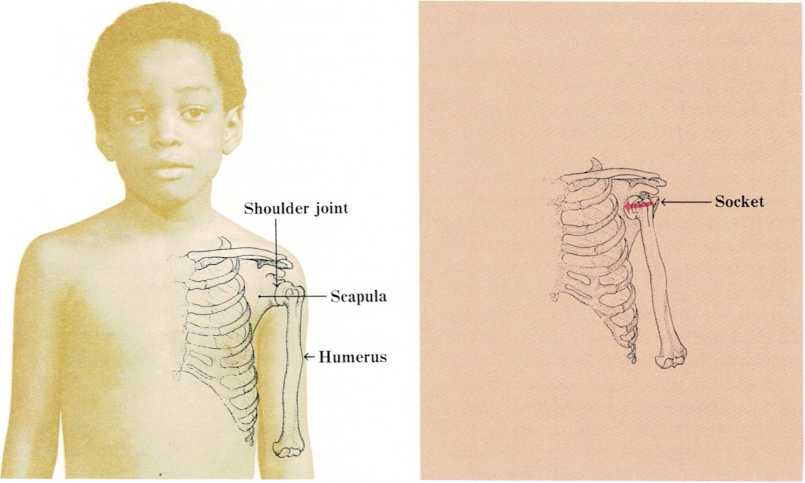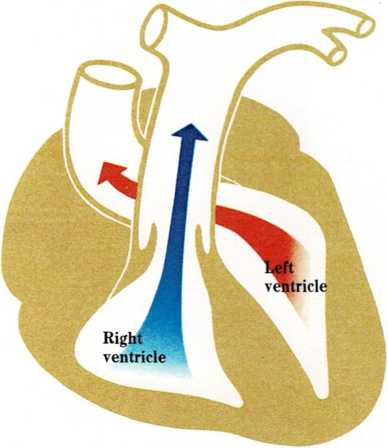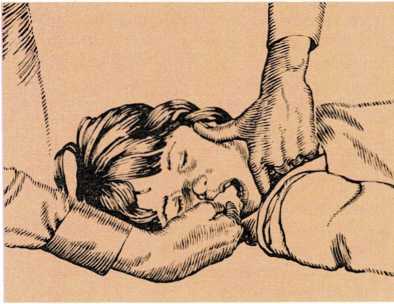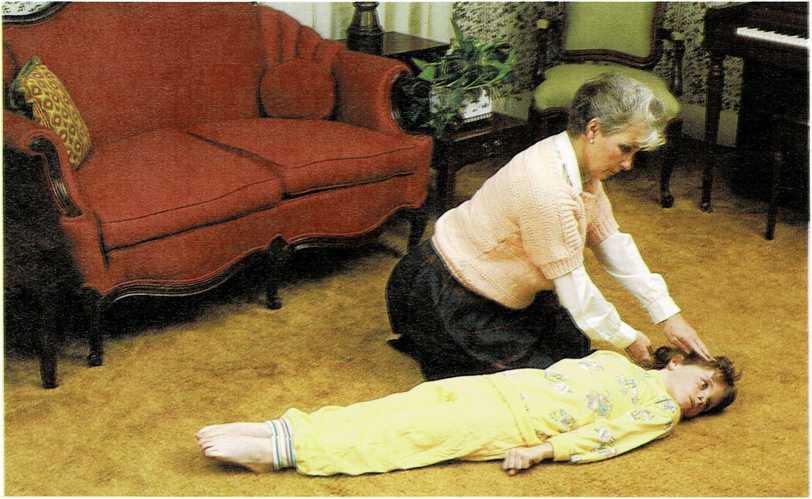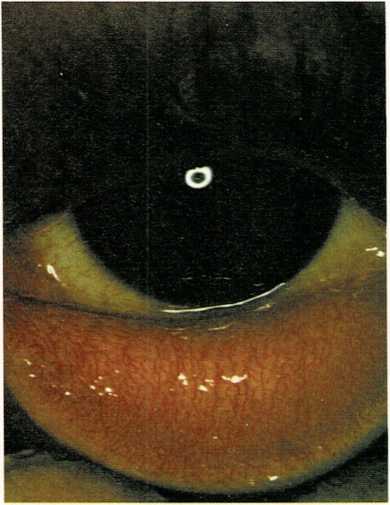Electric shock is usually much easier to prevent than to treat. It is very dangerous and can kill or seriously injure anyone. If your child suffers electric shock, remember that while seconds...
Ear, Objects in the – Eczema
Ear, objects in the. If your child says that something is in his or her ear, do not try to remove the object yourself. The attempt to remove a foreign object may injure the ear canal or eardrum, or...
Drugs – Dyslexia
Drugs are used to provide comfort and to prevent and cure disease. Drugs are obtained from plants, animals, and minerals, or they are produced synthetically. - Insulin, a hormone extracted from...
Dehydratation – Dislocation
Dehydration is a condition that results when the water content of the body drops excessively. It is sometimes accompanied by a loss of certain body minerals, such as sodium and potassium. ...
Deafnes
Deafness is the partial or complete inability to hear certain sounds. More specifically, it is the inability to discriminate speech. In a child with normal hearing, sound waves pass through the ear...
Cyanosis – Cysts
Cyanosis is a bluish coloring of the skin and lips that results from a lack of oxygen in the blood. A "blue baby" has cyanosis because a congenital (present at birth) heart defect interferes with...
Cuts and Scratches
Cuts and scratches. The best way to treat small cuts and scratches is with soap and water. First, wash your own hands. Then, wash the cuts with plenty of soap and water, using cotton or a clean...
CPR – Croup
CPR (cardiopulmonary resuscitation) is an emergency procedure that combines artificial respiration with manual heart (cardiac) massage. Instructions for both parts of the procedure are provided in...
Convulsions – Coughing
Convulsions (seizures) are involuntary contractions of muscles. During a convulsion, a child's muscles may jerk or twitch, and the child may lose consciousness. Eyes may roll, stay open, or almost...
Conjunctivitis – Constipation
Conjunctivitis is an inflammation of the membrane covering the outer, front layer of the eyeball and the lining of the eyelid. It may be caused by bacteria, viruses, fungi allergies, or chemical...


